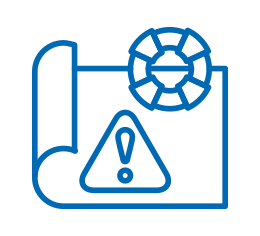|
|
Our services: resources, solutions, expertise Reliable, flexible, and ready to go - across Europe. |
|
 | Integrated network with 130+ daily trains connecting major European corridors. |  | Efficient terminals owned or co-managed, at key hubs like north Italy, Antwerp, Rotterdam, Duisburg, Cologne, Ludwigshafen, Singen, Vienna and Warsaw/Brwinów. |  | Modern fleet of over 8,300 rail platforms for maximum flexibility and independence. |  | Expert teams in 10 countries providing tailored, hands-on customer service. |  | Selected rail partners best-in-class in their region, ensuring reliable traction. |  | Contingency-ready with reserve trains, stand-by drivers, and 24/7 traffic control. |  | Smart digital tools for booking, tracking, planning, and real-time updates. |  | Technical support to ensure full compatibility with intermodal standards. |
|
|
|
|
|
|